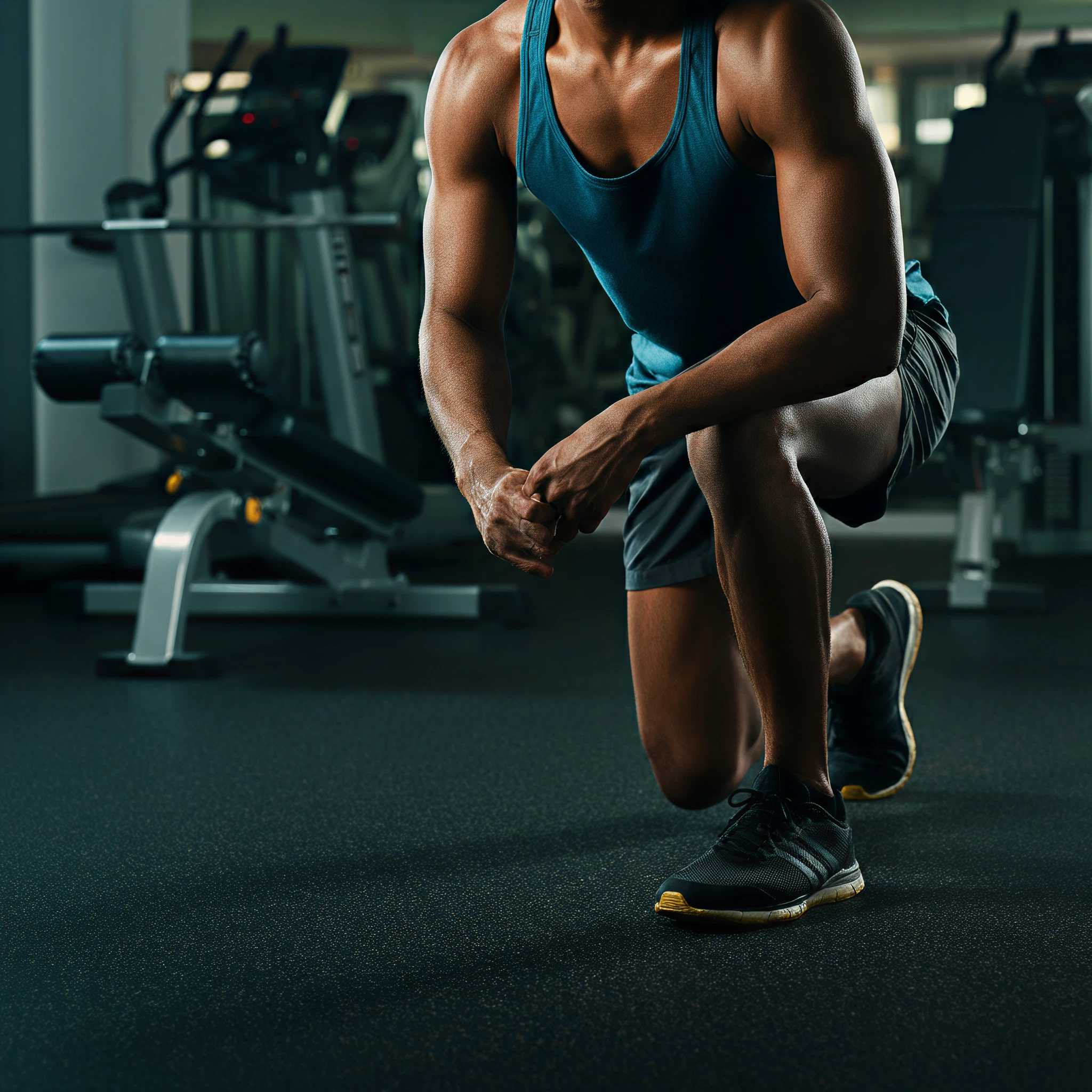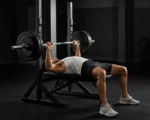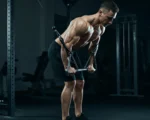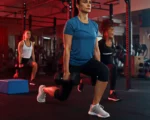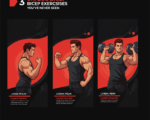Stretching is not just an add-on; it’s an essential part of creating a stronger, more flexible, and more resilient body. Following an intense leg day or cardio session, incorporating advanced stretches for your hamstrings, quadriceps, and calves ensures your muscles are not only better recovered but also ready to handle future challenges.
Here’s everything you need to know about targeting these key muscle groups with challenging stretches, plus a step-by-step guide to mastering them.
The Importance of Stretching
Before jumping into the stretches, it’s important to understand why stretching matters. Stretching enhances flexibility, improves your range of motion, and helps prevent injury by releasing tightness in your muscles. For advanced athletes, deep stretches reduce muscle tension, conserve energy during movement, and even improve performance efficiency.
Remember that timing matters: save static stretches for your post-workout routine when your muscles are warm and pliable to avoid injury and optimize results.
Targeting Key Muscle Groups
Hamstrings
The hamstrings play a crucial role in everything from walking and running to squats and deadlifts. Stretching them fully can prevent stiffness and increase hip mobility for a broader range of motion.
Quadriceps
Your quads are the powerhouse muscles driving activities like jumping, sprinting, and cycling. Keeping them flexible can improve performance and reduce the risk of strain.
Calves
Tight calves can lead to discomfort, limited ankle mobility, and even plantar fasciitis. Stretching this muscle group ensures stability and flexibility throughout your lower body.
Advanced Stretches for Hamstrings, Quadriceps, and Calves
Hamstring Stretches
Standing Split Pose
- How to do it: Stand on your right leg, and slowly raise your left leg back and upward until it forms a straight line with your right leg. Hold onto your right ankle or calf for stability.
- Why it works: This intense stretch lengthens the hamstrings while also engaging your hips and glutes.
- Duration: Hold for 30 seconds on each leg.
Elevated Hamstring Stretch
- How to do it: Find an elevated surface (like a bench). Place one leg straight out in front of you on the surface, keeping your hips square. Slowly lean forward, hinging at your hips.
- Why it works: The added elevation deepens the stretch and isolates the hamstring.
- Duration: Hold for 45 seconds per leg.
Quadriceps Stretches
Reclined Hero Pose
- How to do it: Begin in a kneeling position with your legs together. Slowly lean backward, supporting yourself on your elbows before lying completely on your back if flexibility allows.
- Why it works: This stretch deeply targets the quads and hip flexors for advanced flexibility improvement.
- Duration: Hold for 1 minute, ensuring no discomfort in the knees.
Pigeon Pose with Quad Stretch
- How to do it: Start in a pigeon pose by bringing your right knee forward and bending it in front of you. Reach back with your right hand to grab your left ankle, pulling it toward your glutes.
- Why it works: Combines hip-opening benefits with an intense quad stretch.
- Duration: Hold for 30 seconds per side.
Calf Stretches
Wall-Assisted Calf Stretch
- How to do it: Place your hands on a wall and step one foot forward with a bent knee. Keep the back leg straight and press the heel firmly into the ground. Lean into the wall for a deeper stretch.
- Why it works: This stretch isolates the gastrocnemius muscle, creating a deep release.
- Duration: Hold for 45-60 seconds on each side.
Downward Dog Heel Pulses
- How to do it: Assume a downward dog pose. Gently press one heel at a time toward the ground in a pulse-like motion.
- Why it works: It dynamically stretches both calf muscles, helping maintain flexibility during movement.
- Duration: Perform 15 pulses per side.
Best Practices for Advanced Stretching
- Warm Up First
Avoid static stretches on cold muscles, as this increases the risk of injury. A quick dynamic warm-up such as jogging or leg swings will prepare your muscles for effective stretching.
- Focus on Form
It’s better to hold stretches with proper form than to aim for deeper flexibility with sloppy alignment. This ensures you target the intended muscles effectively.
- Breathe into the Stretch
Deep, steady breaths help your muscles relax into an intense stretch and enhance your mobility over time.
- Progress Gradually
If a stretch feels too intense, scale back slightly and work your way up over time. Advanced stretches should challenge you, but they should never cause sharp pain.
- Consistency is Key
Aim to stretch at least 3-4 times per week post-workout to see consistent improvements in flexibility and performance.
The Takeaway
Stretching is more than just a way to end your workout; it’s a vital practice for improving your performance and safeguarding your body from injury. Advanced stretching for your hamstrings, quadriceps, and calves ensures a well-rounded lower body workout with enhanced recovery, flexibility, and injury prevention.
By adding these challenging stretches to your routine, you’re not just optimizing your recovery but also setting yourself up for peak performance in every workout.
Take your stretching game to the next level, challenge your limits, and see the difference it makes in your training. Want more expert tips? Explore detailed routines and guides to hone every aspect of your fitness regime!
